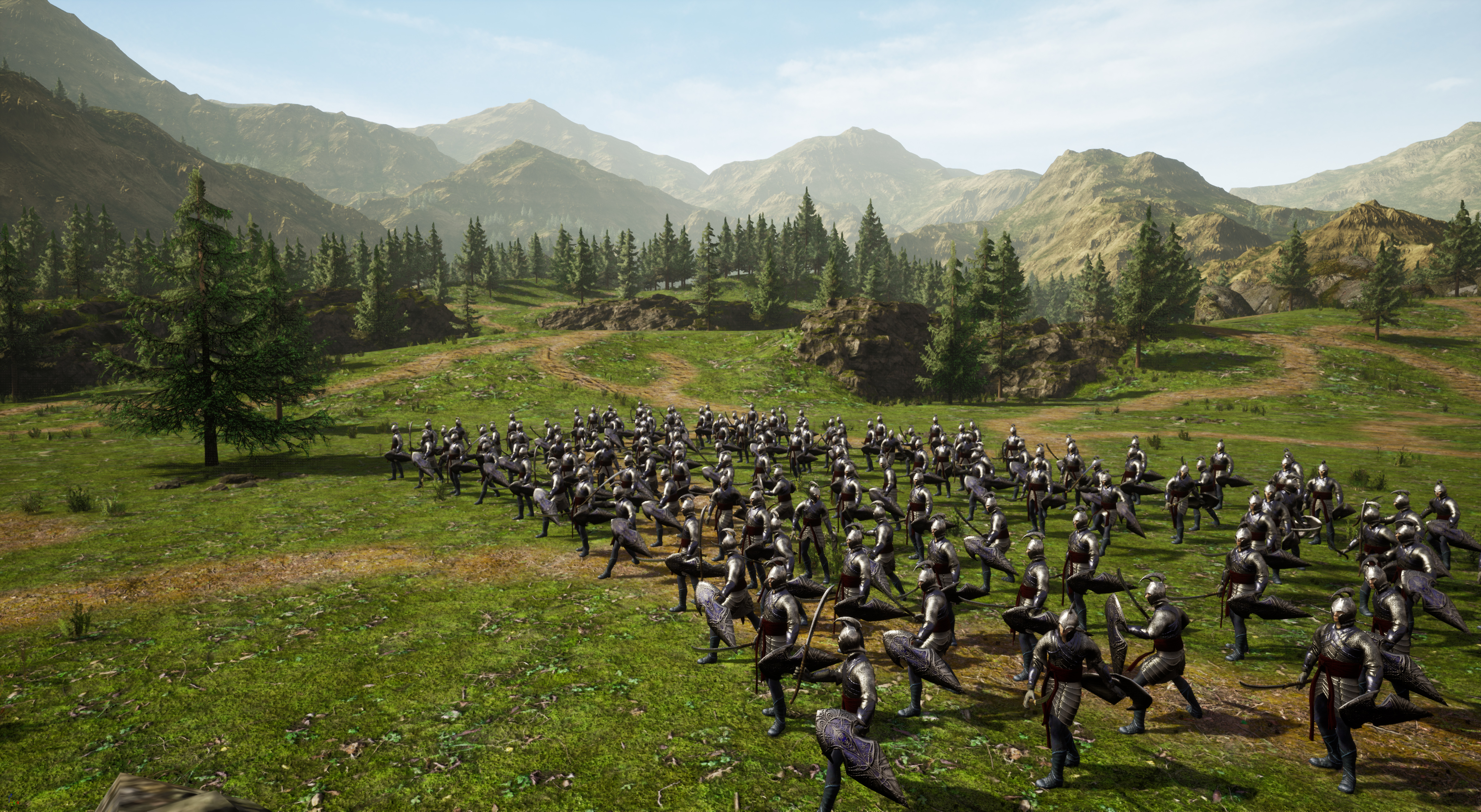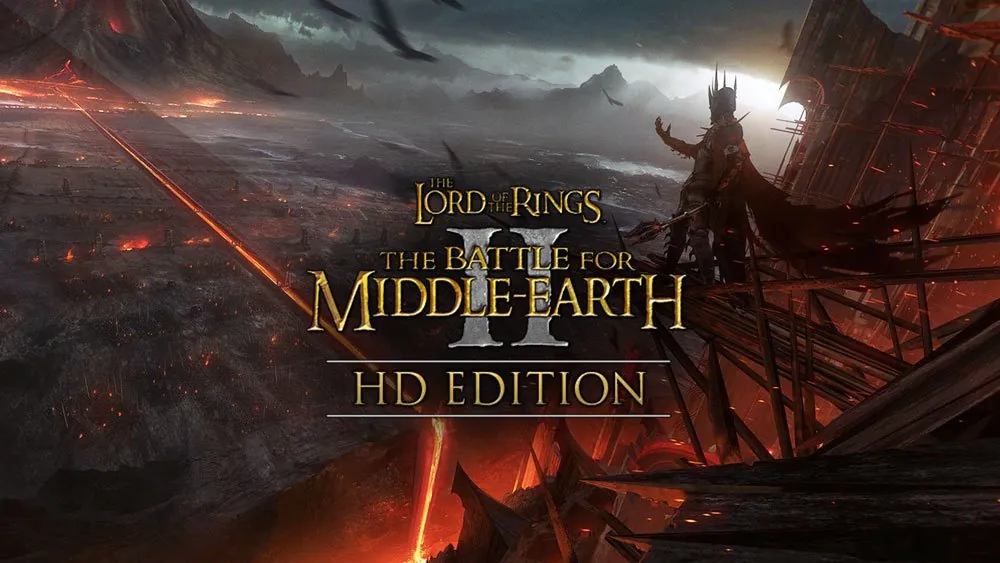



You can re-create the entire epic scale of the war, with the elves, dwarves, and men battling the goblins, Mordor, and Isengard-you control one of the factions, while the computer controls the others. There are a number of different War of the Ring scenarios to choose from, but the basic goal is that you will try to lead your side to victory by conquering all of Middle-earth, province by province. Essentially, War of the Ring links all the real-time battles to an overarching strategic campaign, but one that's deeper than the superficial strategic mode in the original Battle for Middle-earth.

The good news is that things get really interesting once you play with the new War of the Ring mode. Also, it's worth noting that the artificial intelligence is better than it was in the original game, as it's usually pretty good about hitting you where you're vulnerable, which means that the computer can send units around you from the sides. These powers can range from summoning a fiery balrog to instantly turning a portion of the battlefield into a lush forest, which confers bonuses to any good units in its midst. Meanwhile, once again, you can draw upon special army powers that you purchase by accumulating certain points. They're also far more expensive to purchase. Your hero units include notable characters from the books and movies, such as Aragorn and the Witch King, and they're far more powerful than regular units, with special abilities that they can bring into play. Soldiers, archers, and cavalry come in company formations of about 20 to 30 units in size, and they form the bulk of your army. Once again, you command armies in the form of companies and hero units. While the single-player game is fairly generic, it is at least saved by some of the rich Tolkien mythology. So basically, much of the strategy in these missions involves "turtling up" in a defensive shell until you manage to research all the unit upgrades, and then sending out a massive force to sweep the enemy off the map. While Battle for Middle-earth II does try to force you to spread out by the way farms and mines work (you can't concentrate resource centers because it limits their cumulative effectiveness), you usually needn't worry, because all you really need to do is build up a huge core base and defend it. It also forced you to spread out in order to seize the remote building nodes, which meant that your forces were usually stretched thin trying to defend remote outposts. In the first Battle for Middle-earth, you could construct buildings on only a few predetermined points of the map, which eliminated the base sprawl problem seen in most real-time strategy games. There's little here that hints at originality, a situation made worse by the decision to remove some of the more unique ideas from the original game, such as building nodes. The two single-player campaigns in Battle for Middle-earth II, one for good and the other for evil, are easily the weakest part of the game, in that they consist of the same, cookie-cutter real-time strategy missions that you've probably played countless times already. And if you liked the factions and settings from the original game, don't worry, because they all appear in the game's overarching War of the Ring mode in one form or another. Battles take place in familiar places, such as the Shire, and in unfamiliar places, unless you've read the books, such as Dol Guldur. The elves are supreme archers, the dwarves are miners who build giant war machines, and the goblins rely on spiders and sheer numbers to swamp you. That means there are new races and factions that we didn't get to see in the original game, complete with their own heroes and specialized units. Now Playing: The Lord of the Rings, The Battle for Middle-earth II Video Reviewīattle for Middle-earth II focuses mainly on the northern part of Middle-earth, where elves, dwarves, and goblins battled it out while those pesky hobbits trekked to Mt. By clicking 'enter', you agree to GameSpot's


 0 kommentar(er)
0 kommentar(er)
